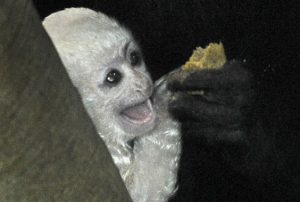
BALTIMORE, MD — The Maryland Zoo in Baltimore is pleased to announce the birth of black-and-white colobus monkey born in the Chimpanzee Forest on Monday, December 30, 2013. This is the third baby for The Maryland Zoo’s colobus pair, Keri, age 16 and Bisi, age 21. “Gonzo,” born in April 2012, was the first offspring for the troop, followed by “Frida,” born in March 2013. “Mother and baby seem to be very comfortable and the baby is nursing well, which we expected as Keri is an experienced mother,” stated Carey Ricciardone, mammal collection and conservation manager. “The troop is coping well with the new addition — both Gonzo and Frida are naturally very curious — so the staff is monitoring them very closely.”
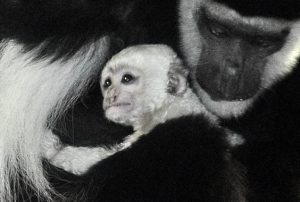
Colobus monkeys (Colobus guereza) are found in all types of forests in equatorial Africa. They are easily distinguishable by their black bodies and long white tails, and are highly social animals that spend most of their time sitting in the treetops eating and socializing. They take turns sleeping at night so that one member of the troop is always awake and watching for predators. The species is considered “in decline” as they are threatened by loss of forest habitat across equatorial Africa, and are also hunted for their meat and fur.
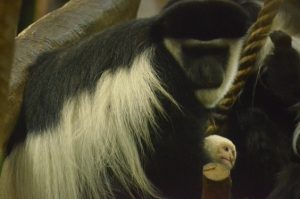
The colobus monkey birth is the result of a recommendation from the Colobus Species Survival Plan (SSP) coordinated by the Association of Zoos and Aquariums (AZA). SSPs provide breeding recommendations to maximize genetic diversity and appropriate social groupings, with the goal of ensuring the long-term survival of the captive population and the health of individual animals.
The Maryland Zoo now has six colobus monkeys — two adult females, an adult male, and the three young monkey siblings. Zoo visitors can see the colobus monkey troop inside the Chimpanzee Forest where they share the exhibit with red tailed guenon and African porcupines.
“Colobus infants are covered in white fur and cling tight to Mom’s belly,” concluded Ricciardone. “As the baby grows, the white fur gradually changes to the sharp black-and-white coloration of the adult colobus. For now, you have to watch the mother closely to catch a glimpse of this newest baby.”


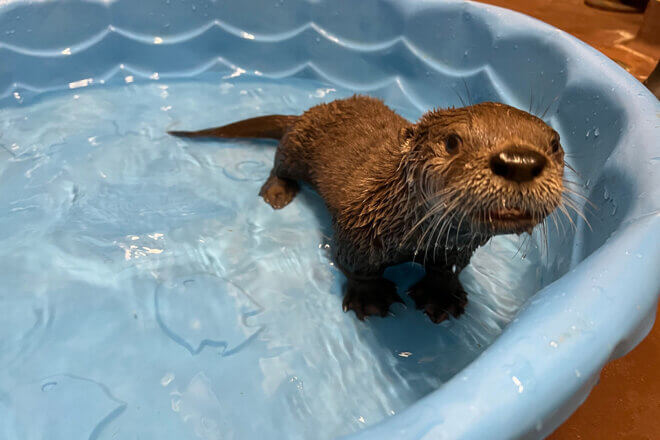
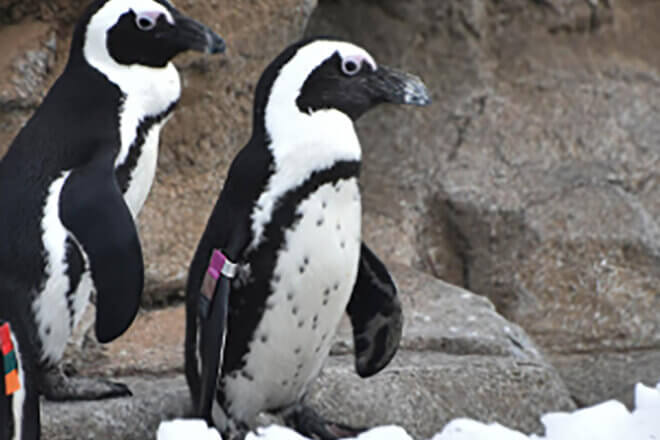


Share this article